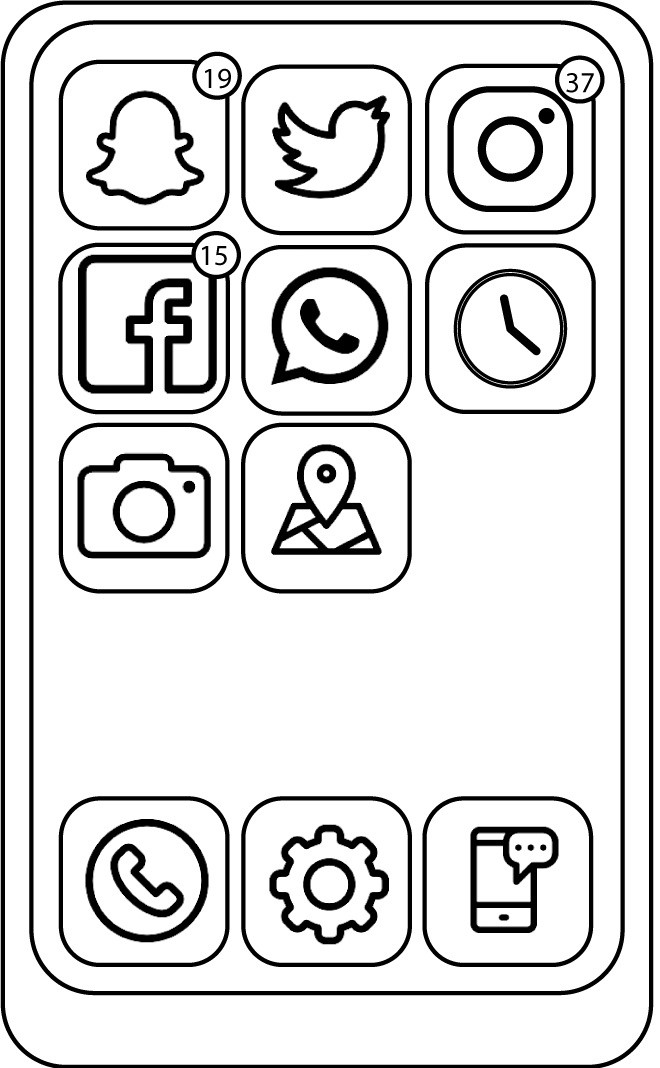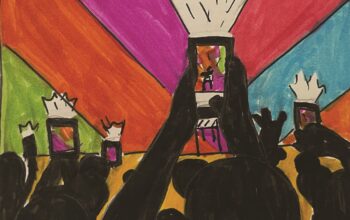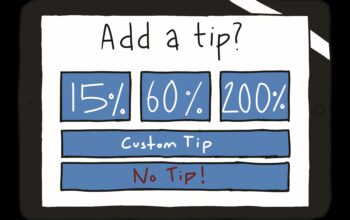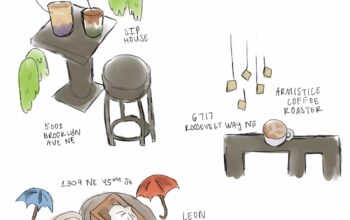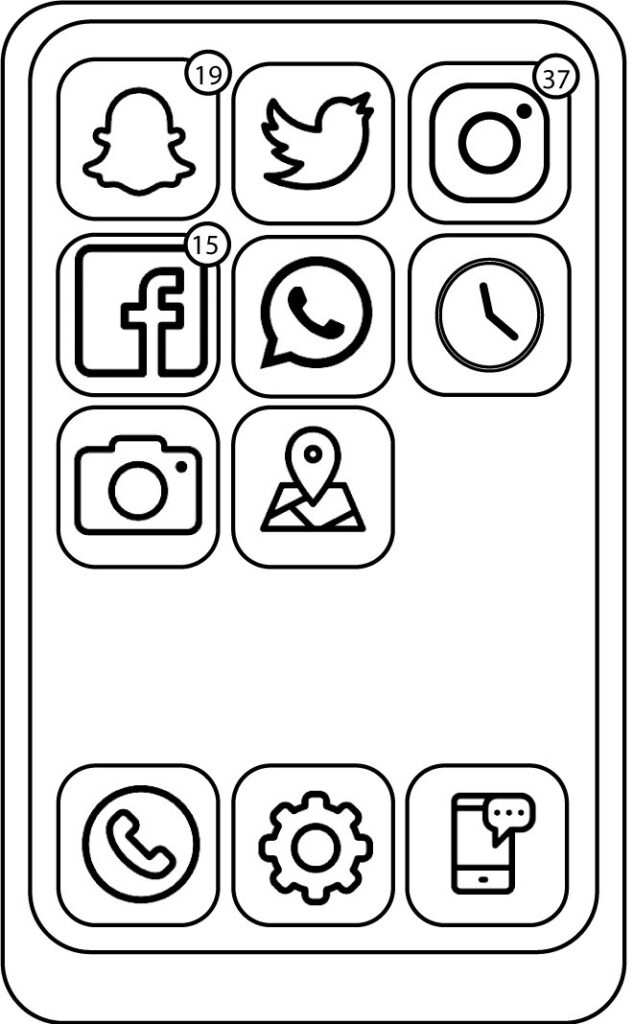
Cell phones have become a vital social tool and the preferred way of communicating for most people. Social media apps such as Snapchat, Instagram, Facebook, Twitter, and TikTok are easily accessible on most devices.
Alternatively, social media is better described as the act of communicating, texting, scrolling through pictures, liking and viewing a glimpse of other people’s lives, and perhaps even comparing your life to theirs. Through social media, people can also communicate and connect.
Whether social media is entirely bad may not be so black and white. A Roosevelt student who chose to stay anonymous due to privacy reasons expressed her belief in the pros and cons of social media. Although this student’s parents do not allow her to get social media apps, even if her parents allowed it she would not choose to do so.
The student explains her anxiety when it comes to social media, “Another reason why I don’t want it is because of all the influencers. I don’t want to feel put down all the time. I think it would just feed my anxiety.”
According to the Pew Research Center, “69% of adults and 81% of teens in the U.S. use social media.” This impacts the majority of the population with increased rates of anxiety and depression. By spending hours on social media, it puts the user at a higher risk for mental health problems.
In fact, “13% of kids ages 12-17 report depression and 32% report anxiety. 25% of 18 to 25-year-olds report mental illness.” These age groups additionally reported a high usage of social media.
People have blamed social media for a long list of mental health issues, such as depression and anxiety which, in severe cases, can result in self-inflicted physical harm or suicidal ideation. One teacher notes, “There are a number of studies showing the impact of social media on students in the past couple of years and there is a correlation with depression and anxiety.”
She states again, “It does have a significant correlation with depression and anxiety, but I know there are some cases when it could be helpful in having connections and last year with COVID, you know, it’s a challenge because we see both sides of it.”
According to the Department of Health and Human Services, “About 3 million teens ages 12 to 17 had had at least one major depressive episode in 2015. About 30% of girls and 20% of boys – 6.3 million teens – have had an anxiety disorder”.
Although the previously quoted student claims that she would not benefit from social media, she says, “It’s hard to receive news without social media. Like when I have a club, the club leaders normally post about their meetings and notify the students when the club is going to be.”
“I wouldn’t necessarily say that I am missing out, but it is hard sometimes because a lot of updates such as spirit week, sports practices (pre-season meetups), and club meetings are only posted on Instagram. Although they announce it over the intercom, it’s really hard to hear.”
Although social media has become central to modern life, there are conflicts regarding mental health, identity awareness, and insecurity. Despite that, social media is a gateway to connections, quick updates, and being active and included in the community.
